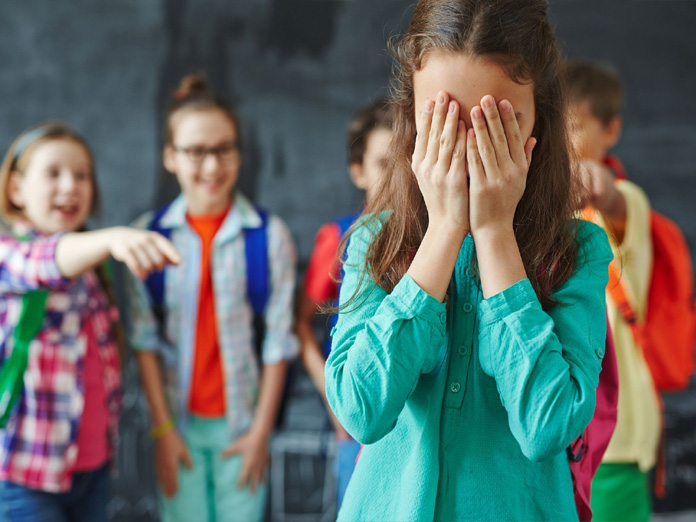Live
- Youth urged to donate blood to save lives
- National Energy Conservation Week from today
- Tourism projects to be put on fast track as VMRDA sets targets
- AI in KGBVs to empower students, build competencies
- Waltair Division observes ‘Energy Conservation Week’
- Srikakulam police bust two fake note gangs
- 3 held, 810 kg ganja seized
- Workshop on ‘Live Agri-technologies’ concludes at SPMVV
- Advancing Biomedical Research with NMR techniques
- Key Highlights of India in 2024
Just In
Kids with multiple siblings at greater risk of getting bullied


While having siblings makes childhood blissful, it can also lead to bullying, finds a new studyA child with multiple siblings is more likely to be a victim of sibling bullying than those with only one brother or sister
While having siblings makes childhood blissful, it can also lead to bullying, finds a new study. A child with multiple siblings is more likely to be a victim of sibling bullying than those with only one brother or sister.
First-born children and elder brothers tend to be the perpetrators, according to the study. Sibling bullying is defined as psychological abuse (saying nasty or hurtful things), physical abuse (hitting, kicking or pushing) or emotional abuse (ignoring one's sibling, telling lies or spreading false rumours).
For the study, the researchers analysed 6,838 children and their mothers.
The kids were put into four categories: victims, bully victims - they bullied and were bullied - bullies or uninvolved.
"Sibling bullying is the most frequent form of family violence and it is often seen as a normal part of growing up by parents and health professionals, but there is increasing evidence that it can have long-term consequences, like increased loneliness, delinquency and mental health problems," said lead author Dieter Wolke at the University of Warwick in Britain.
The findings, published in the journal Developmental Psychology, found that approximately 28 per cent of the children were involved in sibling bullying and psychological abuse was the most common form. The majority of those children were found to be bully victims.
"Siblings live in close quarters and the familiarity allows them to know what buttons to press to upset their brothers or sisters. This can go both ways and allows a child to be both a victim and a perpetrator of bullying," said Wolke.
Importantly, family structure and gender were the strongest predictors of sibling bullying by middle childhood, according to the researchers.
"Bullying was more likely to occur in families with three or more children and the eldest child or older brothers were more often the bullies," said Dantchev. "Female children and younger children were more often targeted."
Furthermore, bullying can happen in larger families because resources such as parental affection or attention and material goods are more limited, researchers believe.
Competition for limited resources within family may lead to fight for dominance, said the study.
"It will be important for parents to realise and understand that resource loss can affect an older child. It is a good idea for parents to manage this from the beginning by spending quality time with their firstborn or older children and by involving them in caring for younger siblings," Wolke suggested.

© 2024 Hyderabad Media House Limited/The Hans India. All rights reserved. Powered by hocalwire.com






